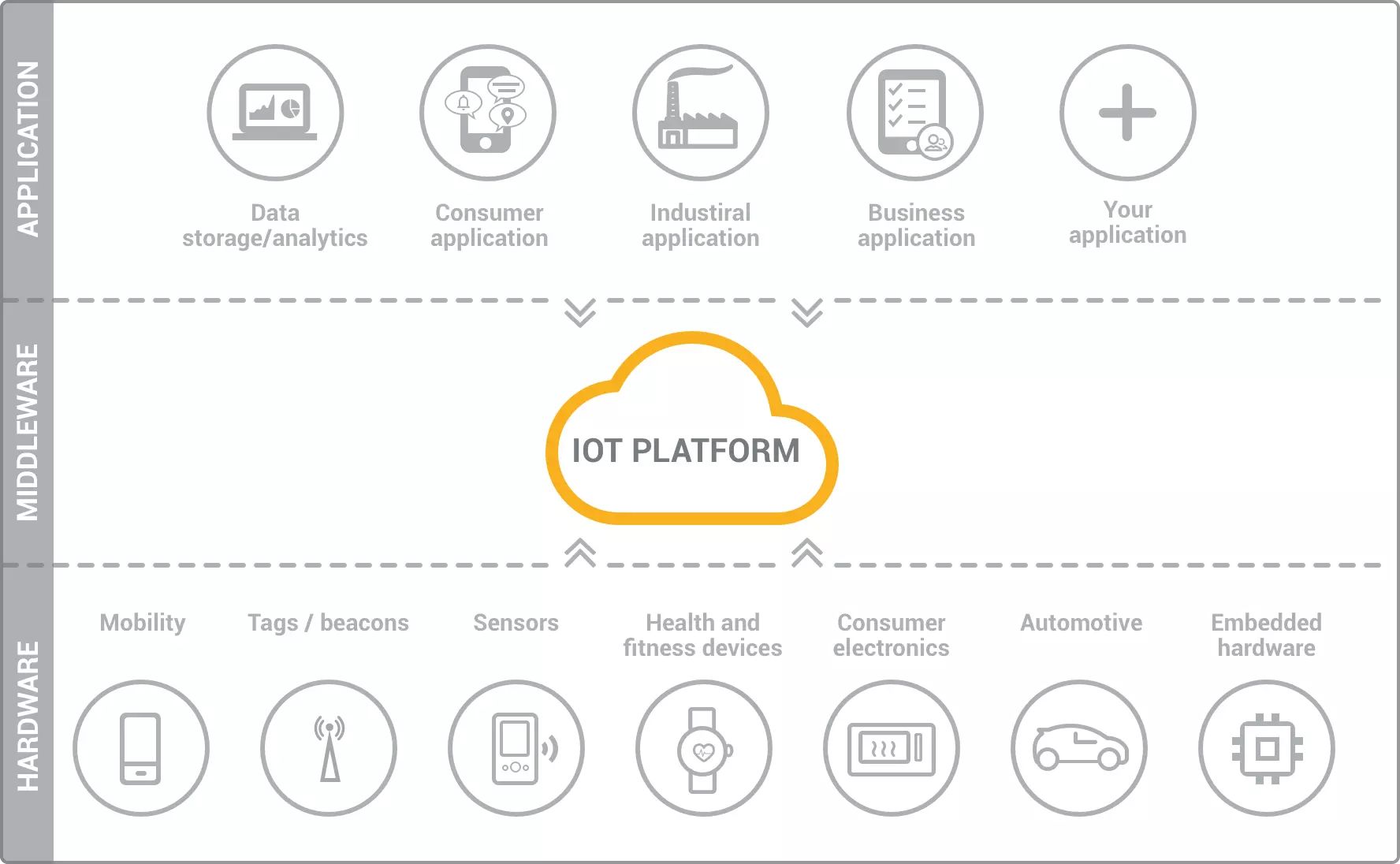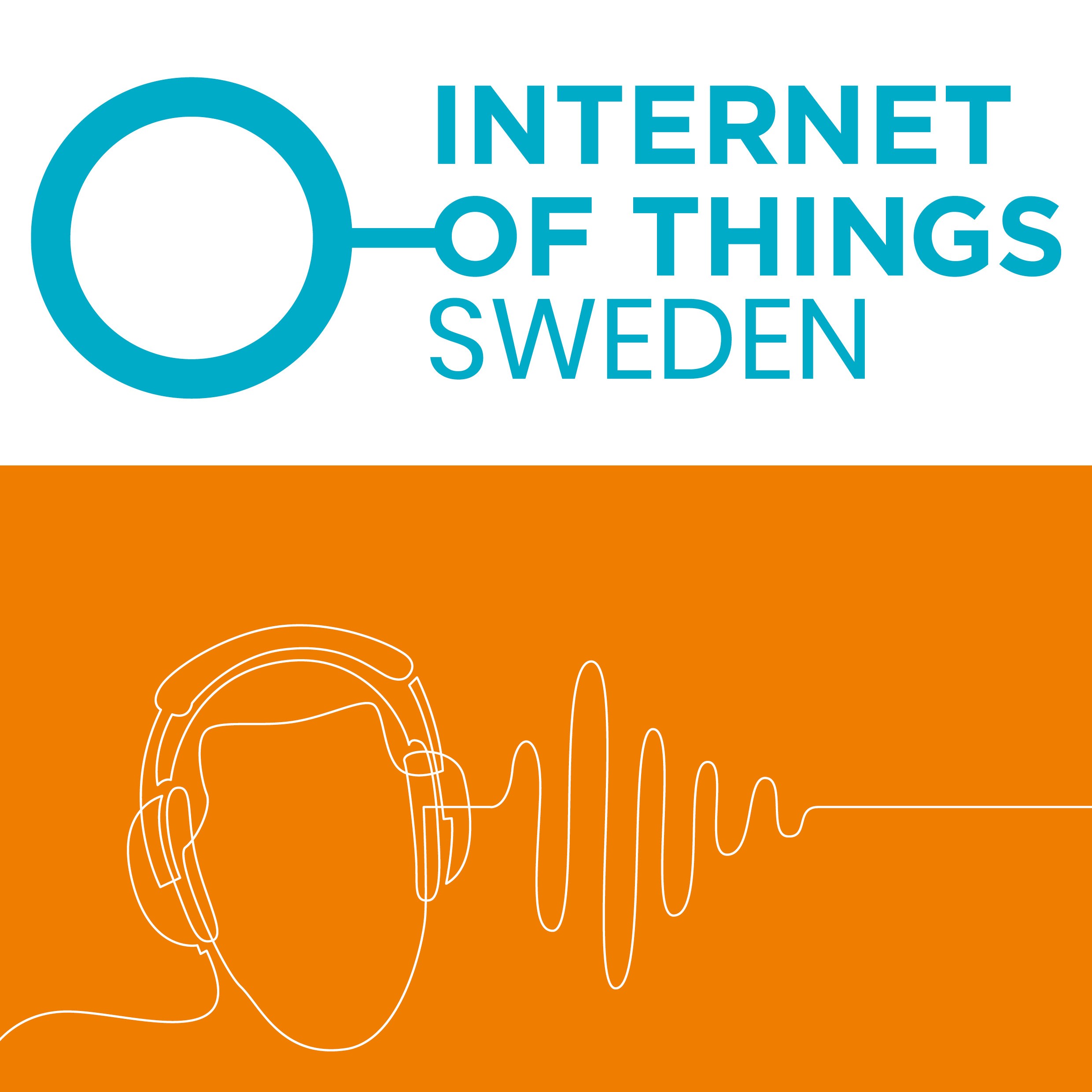Remote IoT P2P technology has revolutionized the way devices communicate and interact with each other in a decentralized network. This innovative approach eliminates the need for intermediaries, making it faster, more efficient, and cost-effective for businesses and individuals alike. With the rise of smart homes, industrial automation, and remote monitoring systems, the demand for reliable IoT solutions has skyrocketed. Remote IoT P2P technology has emerged as a game-changer, offering seamless connectivity and real-time data exchange without relying on centralized servers. Whether you're a tech enthusiast, a business owner, or someone exploring IoT solutions, understanding the benefits and limitations of remote IoT P2P is essential for making informed decisions.
In this article, we will dive deep into the world of remote IoT P2P, exploring its features, advantages, and potential drawbacks. We'll also provide a detailed remote IoT P2P review to help you determine if this technology aligns with your needs. From its applications in various industries to its security protocols, we'll cover everything you need to know. By the end of this guide, you'll have a clear understanding of how remote IoT P2P works and whether it’s the right choice for your projects.
As we explore the intricacies of remote IoT P2P, we'll also address common questions and concerns. How does remote IoT P2P compare to traditional IoT solutions? What are the best use cases for this technology? Is it secure enough for sensitive applications? These are just a few of the questions we’ll answer to ensure you have a well-rounded perspective. Let’s begin by breaking down the key aspects of this transformative technology.
Read also:Smeagol Ator The Ultimate Guide To His Journey And Influence
Table of Contents
- What is Remote IoT P2P?
- How Does Remote IoT P2P Work?
- What Are the Benefits of Remote IoT P2P?
- What Are the Use Cases of Remote IoT P2P in Industries?
- Are There Security Concerns with Remote IoT P2P?
- How Does Remote IoT P2P Compare to Traditional IoT?
- What Key Features Should You Look for in a Remote IoT P2P Solution?
- Who Are the Top Providers of Remote IoT P2P Solutions?
- How to Implement Remote IoT P2P Effectively?
- What Is the Future of Remote IoT P2P Technology?
What is Remote IoT P2P?
Remote IoT P2P, or Peer-to-Peer Internet of Things, is a decentralized communication model where IoT devices connect directly with one another without relying on a central server. This eliminates the need for intermediaries, reducing latency and increasing efficiency. In traditional IoT setups, devices communicate through a central hub or cloud server, which can sometimes create bottlenecks or single points of failure. Remote IoT P2P addresses these issues by enabling direct communication between devices, making it ideal for applications that require real-time data exchange.
For example, in a smart home setup, a thermostat, security camera, and smart lock can communicate directly with each other to create a seamless experience. If the security camera detects unusual activity, it can trigger the smart lock to secure the door and notify the thermostat to adjust the temperature. This level of automation is made possible by remote IoT P2P technology, which ensures that devices work together harmoniously without relying on external servers.
Remote IoT P2P is not limited to consumer applications; it is also widely used in industrial settings. From monitoring equipment in remote locations to enabling real-time communication between sensors and control systems, this technology has proven to be versatile and reliable. Its decentralized nature makes it particularly suitable for environments where connectivity is inconsistent or where low latency is critical.
How Does Remote IoT P2P Work?
At its core, remote IoT P2P works by establishing direct connections between devices using unique identifiers and protocols. Each device in the network is assigned an ID, which allows it to locate and communicate with other devices. These connections are often facilitated by specialized software or platforms designed to manage P2P interactions. Unlike traditional IoT systems, where data must pass through a central server, remote IoT P2P enables devices to exchange information directly, reducing the risk of delays or data loss.
One of the key technologies behind remote IoT P2P is the use of decentralized networks. These networks rely on distributed ledger technology (DLT) or blockchain to ensure secure and transparent communication. By leveraging these technologies, remote IoT P2P solutions can maintain data integrity and prevent unauthorized access. Additionally, the absence of a central server reduces the risk of downtime, as there is no single point of failure.
Another important aspect of remote IoT P2P is its scalability. Since devices communicate directly with one another, the network can easily accommodate additional devices without requiring significant infrastructure upgrades. This makes it an ideal solution for large-scale deployments, such as smart cities or industrial IoT applications. By understanding how remote IoT P2P works, businesses and individuals can harness its full potential to create efficient and reliable systems.
Read also:Juan Pablo Di Pace The Versatile Star Who Captivates Audiences Worldwide
What Are the Benefits of Remote IoT P2P?
Remote IoT P2P offers several advantages over traditional IoT solutions, making it an attractive option for a wide range of applications. Here are some of the key benefits:
- Reduced Latency: By eliminating the need for a central server, remote IoT P2P ensures faster communication between devices. This is particularly important for applications that require real-time data exchange, such as autonomous vehicles or industrial automation.
- Cost-Effectiveness: Without the need for expensive server infrastructure, remote IoT P2P solutions are often more affordable to implement and maintain. This makes them accessible to small businesses and individuals who may not have the resources for traditional IoT systems.
- Enhanced Security: The decentralized nature of remote IoT P2P reduces the risk of cyberattacks, as there is no central server to target. Additionally, advanced encryption protocols and blockchain technology can further enhance security.
- Scalability: Remote IoT P2P networks can easily scale to accommodate additional devices without requiring significant changes to the infrastructure. This makes them ideal for large-scale deployments.
These benefits make remote IoT P2P a compelling choice for businesses and individuals looking to leverage IoT technology. However, it’s important to weigh these advantages against potential drawbacks, which we’ll explore later in this article.
What Are the Use Cases of Remote IoT P2P in Industries?
Remote IoT P2P has found applications in a variety of industries, from healthcare to agriculture. Its versatility and efficiency make it suitable for both small-scale projects and large-scale deployments. Let’s explore some of the most common use cases:
- Smart Homes: Remote IoT P2P enables seamless communication between smart devices, such as thermostats, security cameras, and lighting systems. This creates a cohesive and automated living environment.
- Industrial Automation: In manufacturing and logistics, remote IoT P2P allows sensors and machines to communicate directly, improving efficiency and reducing downtime.
- Healthcare: Remote IoT P2P can be used to connect medical devices, enabling real-time monitoring of patients and improving the accuracy of diagnoses.
- Agriculture: Farmers can use remote IoT P2P to monitor soil conditions, weather patterns, and crop health, optimizing yields and reducing resource waste.
These examples demonstrate the wide-ranging potential of remote IoT P2P technology. By tailoring solutions to specific industries, businesses can unlock new levels of efficiency and innovation.
Are There Security Concerns with Remote IoT P2P?
While remote IoT P2P offers many advantages, it is not without its challenges. One of the primary concerns is security. Although the decentralized nature of remote IoT P2P reduces the risk of centralized attacks, it also introduces new vulnerabilities. For example, if a device in the network is compromised, it could potentially affect the entire system. This is why it’s crucial to implement robust security measures when deploying remote IoT P2P solutions.
Some of the key security measures include:
- Encryption: All data exchanged between devices should be encrypted to prevent unauthorized access.
- Authentication: Devices should be authenticated before being allowed to join the network.
- Regular Updates: Firmware and software should be updated regularly to address any vulnerabilities.
By addressing these concerns, businesses and individuals can enjoy the benefits of remote IoT P2P while minimizing risks.
How Does Remote IoT P2P Compare to Traditional IoT?
When comparing remote IoT P2P to traditional IoT, several key differences stand out. Traditional IoT systems rely on centralized servers to manage communication between devices, which can lead to bottlenecks and increased latency. In contrast, remote IoT P2P eliminates the need for intermediaries, resulting in faster and more efficient communication.
Another important distinction is cost. Traditional IoT solutions often require significant investment in server infrastructure, while remote IoT P2P solutions are typically more affordable to implement and maintain. Additionally, the decentralized nature of remote IoT P2P makes it more resilient to cyberattacks, as there is no single point of failure.
However, it’s worth noting that remote IoT P2P may not be suitable for all applications. For example, systems that require extensive data storage or complex analytics may still benefit from traditional IoT setups. Ultimately, the choice between remote IoT P2P and traditional IoT depends on the specific needs of the project.
What Key Features Should You Look for in a Remote IoT P2P Solution?
When evaluating remote IoT P2P solutions, there are several key features to consider. These features can help ensure that the solution meets your needs and provides the best possible performance. Some of the most important features include:
- Interoperability: The solution should be compatible with a wide range of devices and platforms.
- Scalability: It should be able to accommodate additional devices without requiring significant changes to the infrastructure.
- Security: Robust encryption and authentication protocols are essential to protect against cyber threats.
- Reliability: The solution should offer high uptime and minimal latency to ensure consistent performance.
By prioritizing these features, you can select a remote IoT P2P solution that aligns with your goals and requirements.
Who Are the Top Providers of Remote IoT P2P Solutions?
Several companies have emerged as leaders in the remote IoT P2P space, offering innovative solutions that cater to a wide range of industries. Some of the top providers include:
- Provider A: Known for its robust security features and scalability.
- Provider B: Offers a user-friendly interface and extensive device compatibility.
- Provider C: Specializes in industrial applications and real-time data exchange.
Each provider has its own strengths, so it’s important to evaluate them based on your specific needs.
How to Implement Remote IoT P2P Effectively?
Implementing remote IoT P2P effectively requires careful planning and execution. Here are some tips to help you get started:
- Define Your Goals: Clearly outline what you hope to achieve with remote IoT P2P.
- Choose the Right Solution: Select a provider that aligns with your needs and budget.
- Test Thoroughly: Conduct extensive testing to ensure the system works as expected.
By following these steps, you can maximize the benefits of remote IoT P2P.
What Is the Future of Remote IoT P2P Technology?
The future of remote IoT P2P technology

